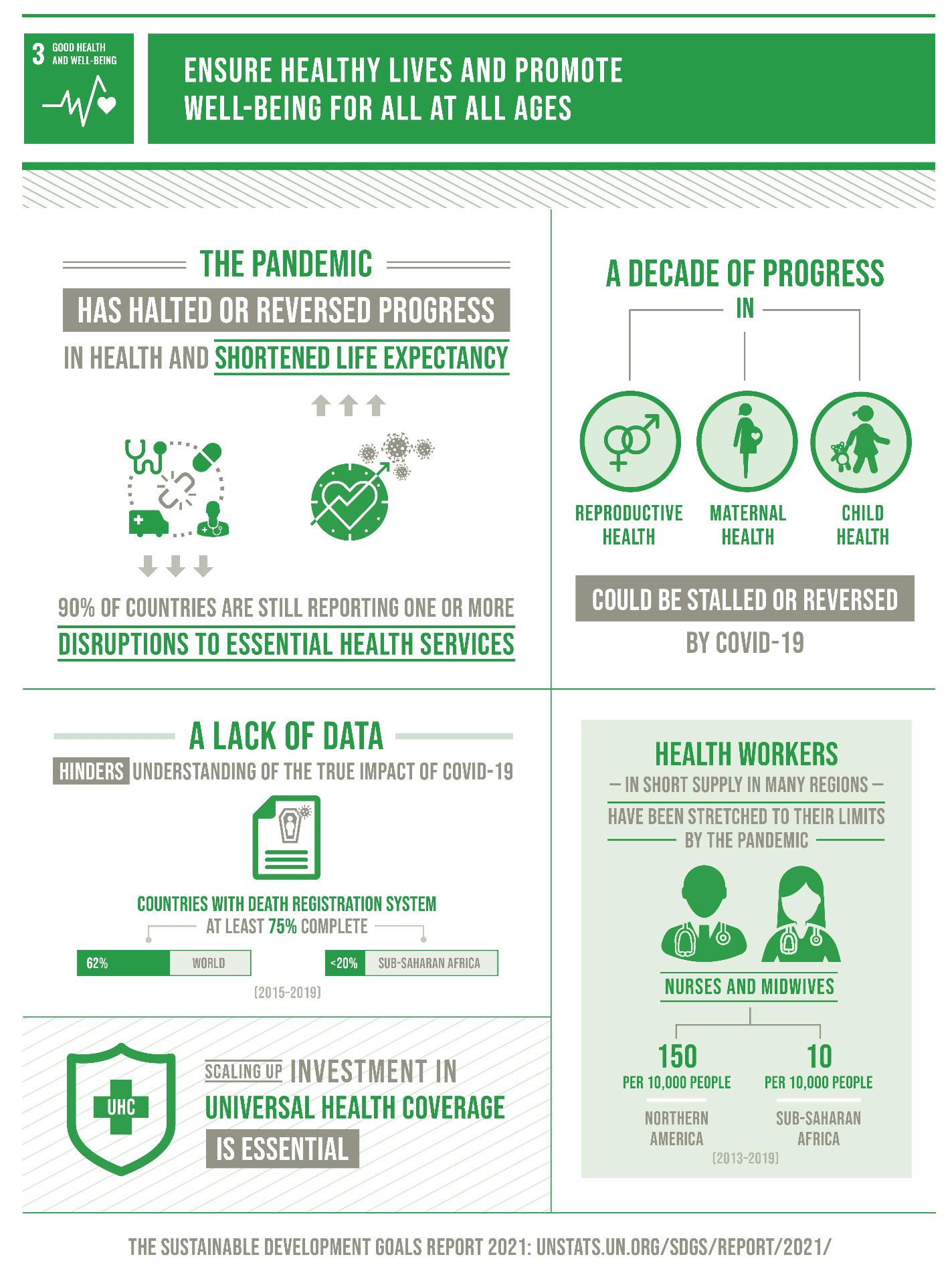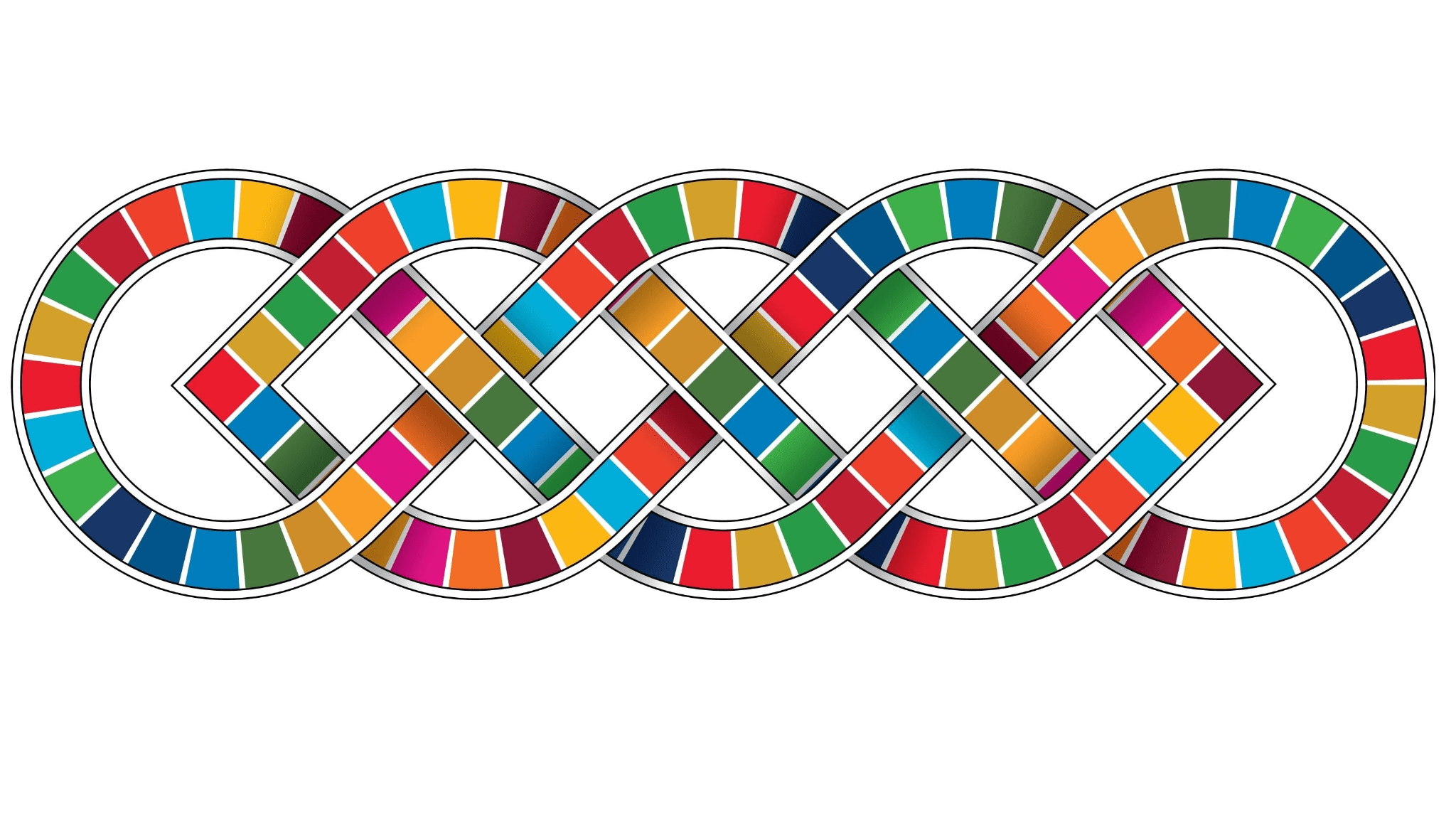“The Sustainable Development Goals are more important now than ever. Now is the time to secure the well-being of people, economies, societies and our planet.”
António Guterres
Secretary-General, United Nations
It has been seven years since the creation of the Sustainable Development Goals (SDGs) and we are now nearly at the halfway mark, with only eight years left until 2030 when the SDGS are hoped to be achieved.
While progress has been made, there have also been some notable setbacks, like the global COVID-19 pandemic.
The High-level Political Forum (HLPF) on Sustainable Development is the central UN platform for the follow-up and review of the 2030 Agenda for Sustainable Development. The theme for the 2021 meeting of the HLPF focused on “Sustainable and resilient recovery from the COVID-19 pandemic” – highlighting the significant impact COVID-19 has had on the world as it works towards achieving the 17 global goals.
Following the HLPF in 2021, the United Nations Economic and Social Council released a report outlining global progress towards the Sustainable Development Goals. The report made the shocking (yet eye-opening) conclusion that the world was not on track to meet the Goals and targets by 2030 and that the global pandemic derailed these efforts even further.
With this in mind, we will take a deeper look at a few of the SDGs that have been most impacted by the pandemic.
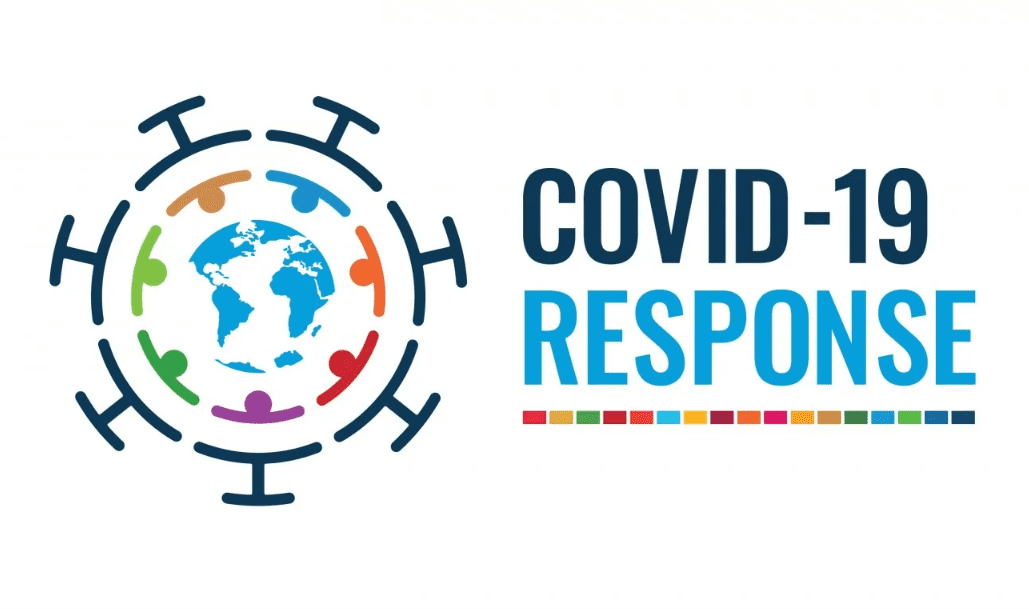
Goal 1: No Poverty
The first SDG aims to end poverty in all its forms everywhere. Since 1990, the number of people in extreme poverty has declined significantly. According to World Bank data, the number of people in extreme poverty has fallen from nearly 1.9 billion in 1990 to about 650 million in 2018. This has been a huge step towards attaining the first SDG!
At the same time, the rate of this decline has been slowing and there is projected to be half a billion people living in extreme poverty in 2030 (see projection data below). Based on these predictions, the world is not on track to end extreme poverty by the target date of 2030.
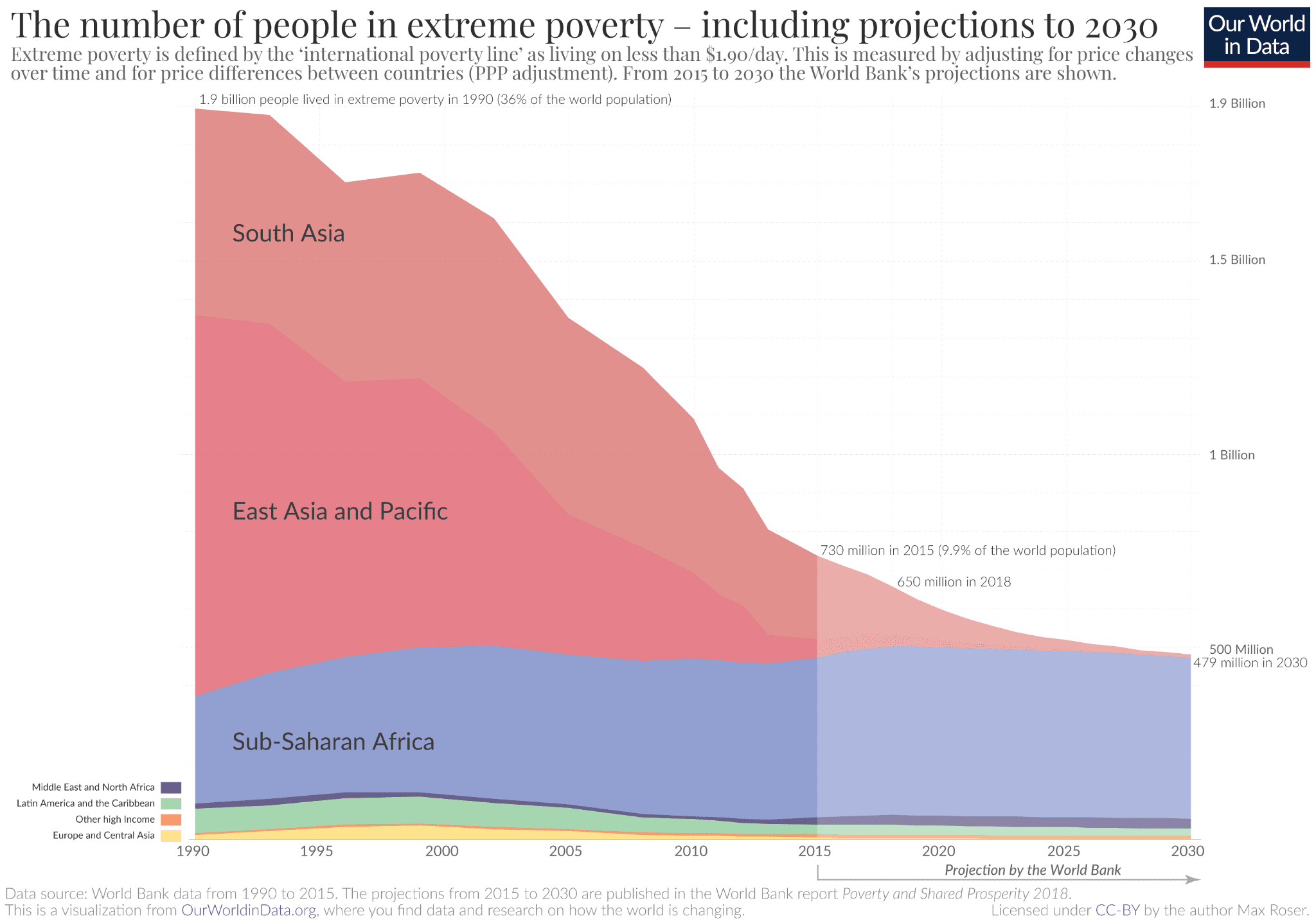
Moreover, the COVID-19 pandemic has significantly impacted the progress toward attaining Goal 1. Although the number of people in extreme poverty has been declining, COVID-19 has resulted in the first rise in extreme poverty in a generation. While some governments have implemented short-term social protection measures, many individuals remain unprotected. Due to the unprecedented nature of the pandemic and its aftermath, it is difficult to pinpoint how progress towards Goal 1 will be affected long-term.
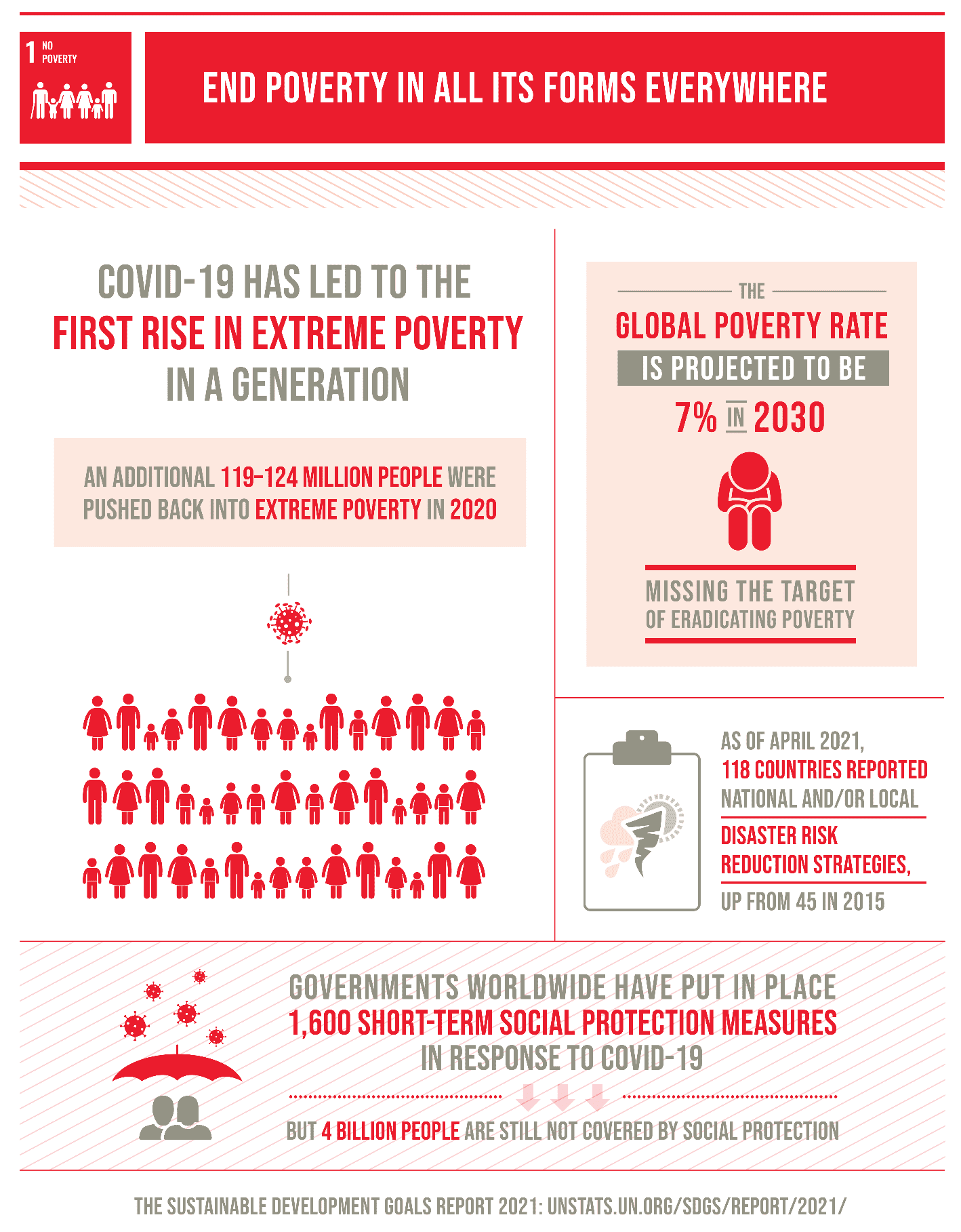 Goal 3: Good Health and Well-being
Goal 3: Good Health and Well-being
The third SDG aims to ensure healthy lives and promote well-being for all at all ages. Prior to the COVID-19 pandemic, progress had been made in many health related areas including, “improving the health of mothers and children, increasing immunization coverage and reducing the incidence of communicable diseases.” In spite of this, the HLPF stated that the progress was not fast enough to meet the Goal 3 targets by 2030. And due to COVID-19, progress has halted and some gains made toward achieving the SDGs have been reversed.
COVID‑19 is amplifying health inequalities that still exist as we work to achieve Goal 3. The virus disproportionately affects the elderly, the poor, refugees and migrants, people living in developing regions and\other vulnerable groups as a result of socioeconomic circumstances, poor living conditions and lack of access to high-quality public health care. Moreover, many healthcare systems have been stretched thin due to lack of resources and healthcare professionals.
Prioritizing Integrated Solutions
When we look at the 17 SDGs individually and their related tangible goals, it can feel overwhelming. These goals are complex and exist in a world that is continuously undergoing change.
As a result, The United Nations Development Programme (UNDP) is now focused on implementing integrated solutions that respond to complex development challenges in order to acccelerate progress towards the SDGs. The UNDP outlines the following four workstreams to help countries develop integrated solutions to achieve the SDGs:
- Integrated Policy and Programming
- Innovation and Learning
- Data and Analytics
- Financing
These workstreams do not focus on the individual SDGs, but rather, on the gaps between them and how they can best be linked to achieve the 2030 Agenda.
The UNDP has created an SDG Acceleration Toolkit that includes a variety of tools for “analyzing system interconnections, enhancing policy coherence, ensuring that no one is left behind, identifying risks and building resilience.”

You can check out stories of different countries and their experiences integrating the SDGs
here.
A Path Forward in Solidarity
While the results of The Sustainable Development Goals Report 2021 suggest that we are not on track to make the 2030 deadline for achieving the Sustainable Development Goals, it is important that we use this knowledge to reevaluate our path forward. As we continue to navigate through these unprecedented times, the United Nations demands for great solidarity as it relates to human security.
The pandemic has shown us the fragility of progress, yet at the same time has shown us the importance of taking bold actions and implementing aggressive policy interventions when dealing with modern challenges. When we acknowledge and embrace the interconnectedness of our world, we can move forward in solidarity to ensure no one is left behind.
For more information relating to the progress of all 17 SDGs take a look at the Sustainable Development Goals Progress Chart 2021 and The Sustainable Development Goals Report 2021. Please keep in mind that the pandemic has impacted data availability and an accurate reflection of the progress towards achieving the SDGs requires further research and understanding of both the short and long-term impacts of COVID-19.
Image credit: The number of people in extreme poverty – including projections to 2030 is licensed under CC BY 4.0



